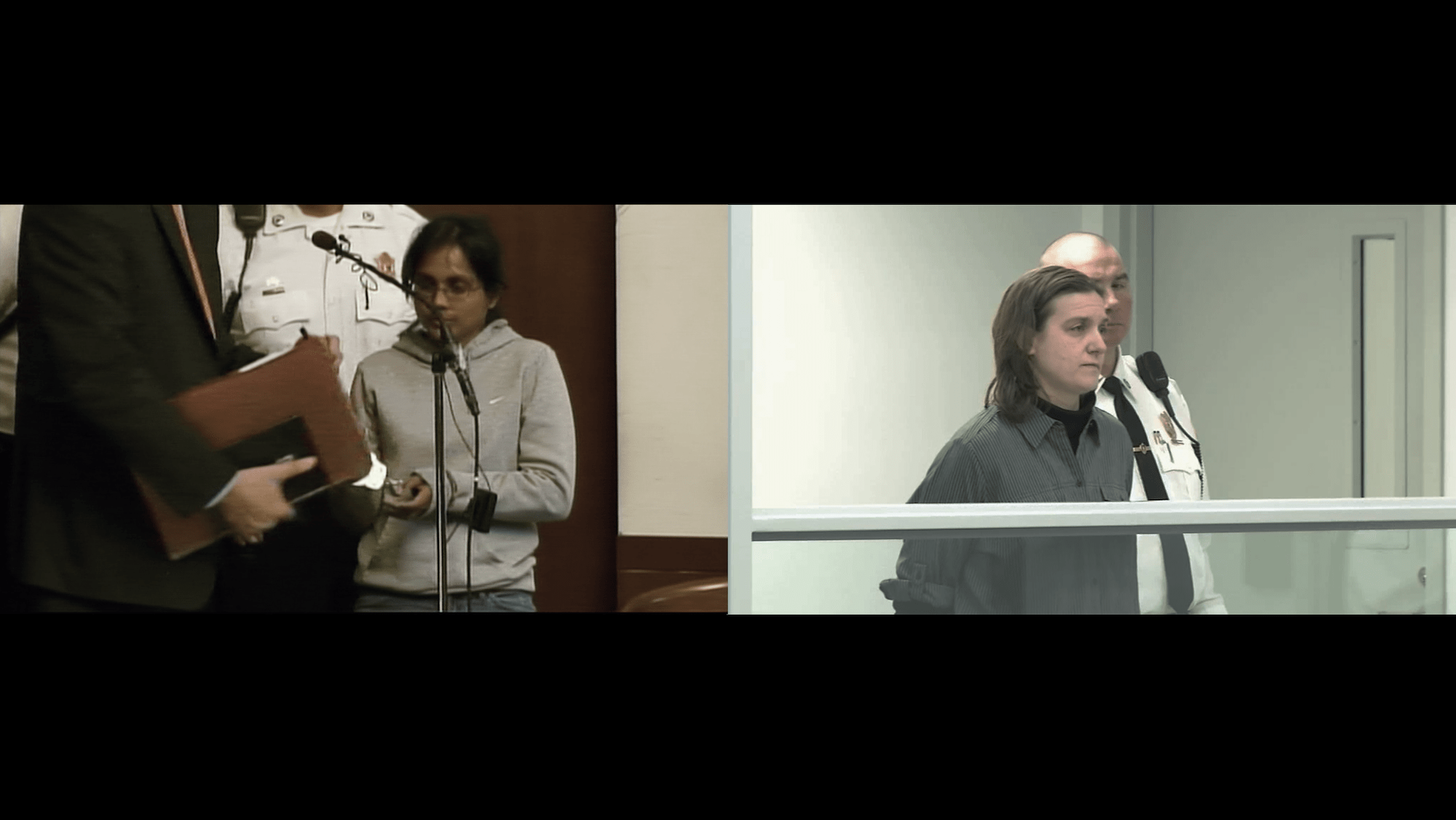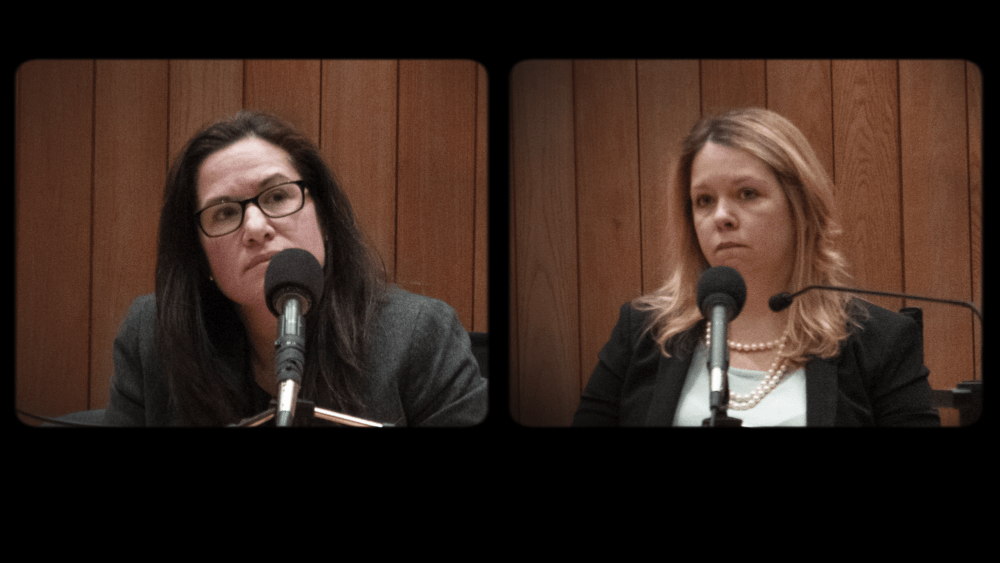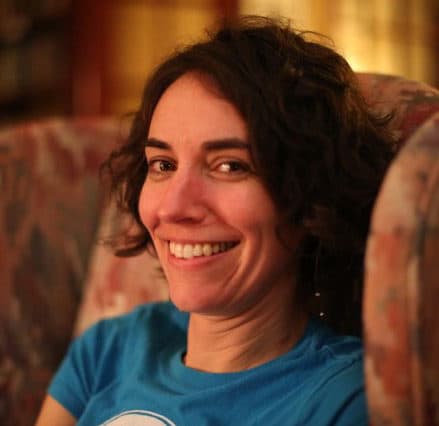Advertisement
Review
Netflix's 'How To Fix A Drug Scandal' Elevates Process Over Personality

True crime documentaries typically champion individuals, turning suspects into heroes, disavowing the seemingly innocent, or exposing sociopaths. The stories that stick may have winners and losers but above all they have characters, real people whom audience members can root for, reject, remember. How else would the “Tiger King” suddenly be on so many minds?
After binging the “murder, mayhem and madness” of the big cat breeding underworld, Netflix may recommend another new four-part docuseries, “How to Fix a Drug Scandal.” But it’s an altogether different beast. More Z-Pak than gummy vitamin, the four-part series forgoes personalities to tell an intricate story about justice.
The series details how Massachusetts’ supposed “war on drugs” fell apart when two state police lab chemists — Annie Dookhan and Sonja Farak — independently tampered with drug evidence at their respective Boston and Western Massachusetts labs. Their crimes led to the dismissal of tens of thousands of drug counts, including the largest single mass dismissal of criminal cases in U.S. history.
The absorbing trailer diminishes an out-of-the-can sheen that leans more toward network news true crime than prestige television. Since a lot of information must be quickly established, a dizzying amount of transcript text, talking-head interviews, governmental building exteriors and shots while driving make clear this is not a visual story. That’s because, or maybe why, director Erin Lee Carr prioritizes a systemic analysis over pastiches of “rogue” chemists.
Besides, neither Dookhan nor Farak directly participate. The bulk of the series focuses on Farak, with her mother and sister adding mostly benign commentary. (“Their house was cute, the neighborhood was great. I thought they were happy,” says her sister.) They are sketched as high-achieving young women. In Dookhan’s case, she wanted to please her superiors and in Farak’s case, her addiction hijacked her life. Dookhan has never agreed to any press interviews and a well-cast Shannon O'Neill stands in for Farak, shading re-created court testimony with hand-wringing gravitas.
Early on in the series dangles a larger carrot, something more insidious than a few chemists run amok. After dealing with the fallout from Dookhan’s faking test results in 2012, then Attorney General Martha Coakley seems to too-quickly limit Farak’s then alleged tampering to two cases. Coakley does not appear in the series other than in clips of damning press conference footage. But later in the series, her successor, Maura Healey, carefully defends her office’s follow-up.
Advertisement
Not all loose ends have been tied in this instance, either. In response to this series, The Innocence Project issued a statement calling for a disciplinary hearing for Assistant Attorneys General Anne Kaczmarek and Kris Foster.

WBUR’s Deborah Becker singled out the Dookhan case as one of the most important stories of 2012, anticipating its far-reaching impact. She and the Boston Globe’s Scott Allen, Rolling Stone journalist Paul Solotaroff (also an executive producer of the series) and a cadre of other reporters offer the factual fretwork for how the intertwined yet not obviously related stories unfolded. The series loosely follows the timeline of how journalists pieced the story together, an echo of Solotaroff’s gripping 2018 account, “And Justice For None: Inside Biggest Law Enforcement Scandal in Massachusetts History.”
If any character leads the charge it would be the slow and steady defense attorney Luke Ryan. While shot in high contrast early on, his face sliced in half by darkness — perhaps to suggest something suspicious (or to capture that “48 Hours” vibe) — he emerges victorious after spending years submitting requests to see evidence from Sonja Farak’s car. Eventually he and the ACLU of Massachusetts prove she was high on the job for years leading up to her arrest.
The stories of two of Ryan’s clients offer yet another window into how the miscarriage of justice impacted those convicted with evidence improperly certified by Farak. While intended to bring a human dimension to those unfathomable numbers — more than 37,000 total cases — their stories feel tacked on and not fully realized. Ultimately, the numbers should speak for themselves.
Yet, numbers alone hardly ever do the job humans need to comprehend the scope of a situation. Personalities — even the repugnant ones — give us a measuring stick for our own behavior. They remind us what it means to stand out from the crowd. When push comes to shove, it’s hard to resist going rogue.
All in all, “How to Fix a Drug Scandal” fairly summarizes an almost unfathomably complex and far-reaching legal imperative. As the reverberations continue to ripple outward, more and more stories will surface. This series, along with those additional perspectives, are worth the attention of those who care about justice.
"Hot to Fix a Drug Scandal" is now streaming on Netflix.

